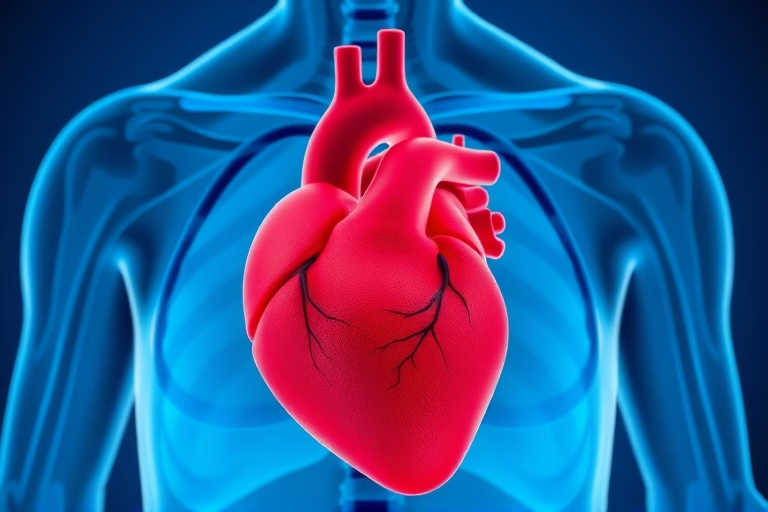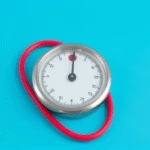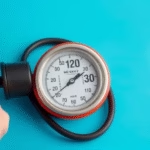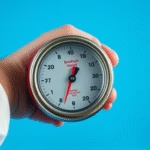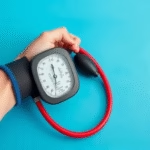What Causes High Blood Pressure After Aortic Valve Replacement
High blood pressure, also known as hypertension, after aortic valve replacement can be concerning for both patients and healthcare professionals. Understanding what causes this condition is crucial for effective management and improving patient outcomes. After undergoing aortic valve replacement, patients may experience fluctuations in blood pressure due to various factors related to their surgical procedure and underlying health conditions.
Aortic valve replacement is performed to treat conditions like aortic stenosis and aortic regurgitation. While the procedure can significantly improve symptoms and enhance quality of life, it also brings risks, including the emergence of high blood pressure. The mechanism behind these blood pressure changes can be multifaceted; it often involves the heart’s increased workload, changes in vascular resistance, and underlying heart conditions. Understanding these factors is essential for post-operative care and long-term health management.
Understanding Aortic Valve Replacement
Aortic valve replacement (AVR) is a surgical procedure aimed at treating diseases of the aortic valve, such as stenosis or regurgitation. The aortic valve regulates blood flow from the heart into the aorta, delivering oxygen-rich blood to the body. When this valve fails to function properly, it can lead to significant health issues, including heart failure and severe hypertension. Post-operative blood pressure fluctuations arise from the adjustments made by the heart and vascular system, as they adapt to the new valve. Ensuring optimal function of the new valve is critical to stabilize blood pressure levels.
Factors Contributing to High Blood Pressure Post-Surgery
Several factors can lead to elevated blood pressure after AVR. First, the surgical stress response can activate the body’s fight-or-flight mechanisms, prompting the release of hormones like adrenaline and cortisol. These hormones increase heart rate and blood pressure. Additionally, fluid overload due to intravenous fluids administered during and after surgery can raise blood volume, contributing to hypertension. Awareness of these factors is essential in monitoring and managing blood pressure in post-operative patients.
Heart Function and Hemodynamics
After aortic valve replacement, patients can see improvements in heart function; however, the initial recovery phase may involve changes in hemodynamics. Hemodynamics refers to the dynamics of blood flow and the forces involved in circulation. Following surgery, the heart may work harder to pump blood through the newly replaced valve. If left unchecked, this increased workload can result in a rise in blood pressure. Regular monitoring and appropriate medications may be necessary to optimize heart function during recovery.
Medication Side Effects
Patients who undergo aortic valve replacement are often prescribed a range of medications, including anticoagulants, anti-hypertensives, and diuretics. Some of these medications can have side effects that directly or indirectly contribute to hypertension. For instance, certain diuretics can lead to electrolyte imbalances that may result in increased blood pressure. Understanding medication-related factors is vital for achieving stable post-operative blood pressure levels, requiring regular dialogue between patients and healthcare providers.
Post-surgical Lifestyle Changes
Making lifestyle changes after aortic valve replacement is crucial for maintaining healthy blood pressure. A balanced diet low in sodium, regular exercise, and weight management can positively influence blood pressure levels. Patients should avoid smoking and limit alcohol consumption to promote cardiovascular health. Education about healthy habits post-surgery can greatly benefit blood pressure management and overall recovery.
Patient Compliance and Follow-up
Patient compliance with follow-up appointments and treatment regimens is essential for monitoring blood pressure after aortic valve replacement. Regular evaluations help healthcare providers assess heart function and make necessary adjustments to medications or treatment plans. Patients need to be proactive about their health, recognizing the importance of adhering to post-operative care guidelines to prevent hypertension.
Underlying Health Conditions
Many patients undergoing aortic valve replacement already have pre-existing conditions such as coronary artery disease, diabetes, or obesity. These conditions can complicate recovery and contribute to elevated blood pressure. Therefore, a thorough evaluation of all health conditions is necessary to develop effective post-operative strategies. Collaborative healthcare approaches involving cardiologists, dietitians, and physical therapists can aid in managing underlying conditions and promoting overall heart health.
Emotional and Psychological Factors
The emotional and psychological aspects of undergoing major surgery can also have implications for blood pressure. Stress, anxiety, and depression can all influence heart health and contribute to hypertension. Patients should seek support through counseling or support groups to address these emotional factors, particularly in their recovery journey. Psychological well-being is integral to achieving optimal physical health outcomes.
Importance of Regular Monitoring
Regular blood pressure monitoring post-surgery is of paramount importance. This helps in understanding patterns and potential triggers for elevated blood pressure. Patients are encouraged to measure their blood pressure at home and maintain a log to share with their healthcare providers during follow-up visits. Consistent monitoring allows for timely interventions and adjustments in treatment as needed.
Conclusion
High blood pressure can occur after aortic valve replacement, presenting unique challenges for patient care. Recognizing the various causes of this condition—from surgical stress and medication side effects to lifestyle choices and psychological factors—is key to effective management. Collaborative efforts between patients and healthcare providers are essential, ensuring regular follow-up and open communication to address any concerns. Sustainable lifestyle changes can significantly impact blood pressure levels, enabling patients to lead healthier lives post-surgery. Understanding the nuances of blood pressure management after aortic valve replacement empowers patients to take control of their health, fostering a more successful recovery and reducing long-term cardiovascular risks.
Frequently Asked Questions
1. What are the common symptoms of high blood pressure after aortic valve replacement?
Symptoms may include headaches, shortness of breath, dizziness, and fatigue. Regular monitoring is crucial for detecting hypertension.
2. How can I lower my blood pressure after surgery?
Implementing lifestyle changes such as a balanced diet, regular exercise, and adhering to medication regimens can help manage blood pressure effectively.
3. When should I contact my doctor regarding my blood pressure?
Contact your healthcare provider if you notice significant fluctuations in your blood pressure or if you experience troubling symptoms such as severe headaches or chest pain.
4. Are there specific medications I should avoid after aortic valve replacement?
Always consult your healthcare provider about any medications. Some drugs may have side effects that could impact blood pressure or recovery.
5. How often should I have my blood pressure checked post-surgery?
Regular check-ups are typically advised, but your healthcare provider will give specific recommendations based on your unique situation.
Further Reading
What Type of Psychotherapy Is Best for Anxiety?

